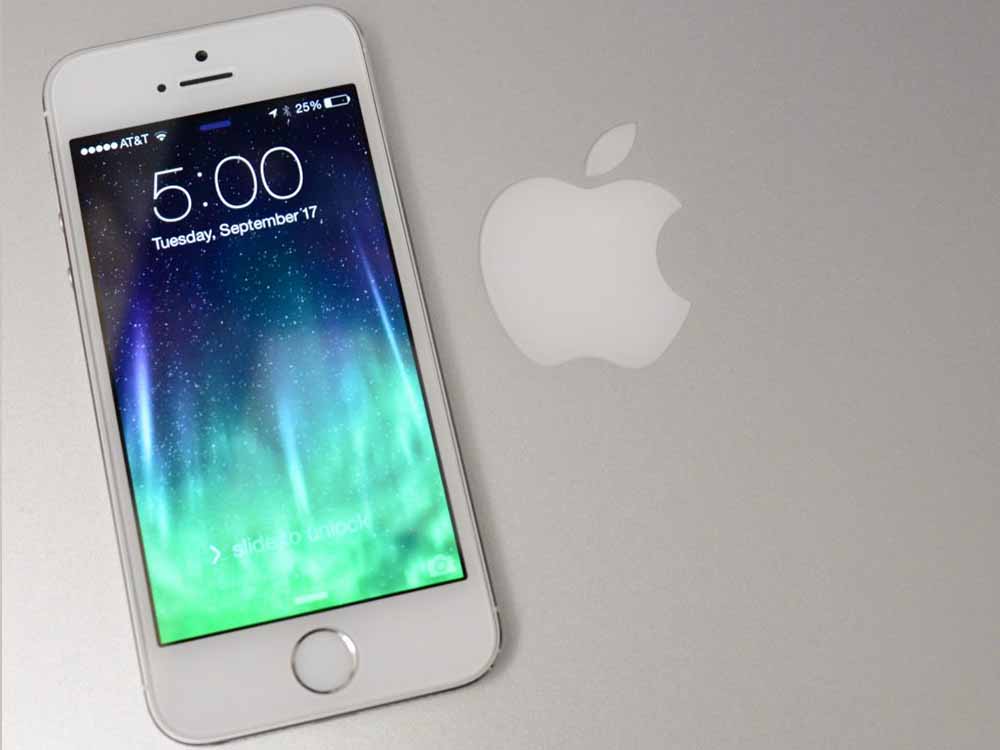iPhone 5s – Apple’s Breakthrough Smartphone of 2013
In 2013, Apple introduced the iPhone 5s, a device that marked a significant leap forward in smartphone technology. This comprehensive overview will delve into the background of the iPhone 5s, its groundbreaking features, its impact on the smartphone industry, and the enduring legacy of this iconic device.
The Evolution of iPhone 5s – A Leap in Technology
The iPhone 5s was the seventh generation of Apple’s iconic smartphone series. Released on September 20, 2013, it followed the iPhone 5 and brought several significant improvements in terms of hardware and software. Notable advancements included:
- A7 Chip with 64-bit Architecture: The iPhone 5s was the first smartphone to feature a 64-bit processor, offering enhanced performance and efficiency. This innovation laid the foundation for future smartphone technology.
- Touch ID: The introduction of the Touch ID fingerprint sensor, embedded in the home button, revolutionized device security and authentication.
- Improved Camera: The iPhone 5s featured an upgraded 8-megapixel camera with a larger sensor and improved low-light performance. It introduced the Burst Mode and Slo-Mo video capture.
- iOS 7: The device was launched with iOS 7, a significant update to the operating system that brought a refreshed user interface, Control Center, and AirDrop, among other features.
- Gold Color Option: The iPhone 5s introduced a new color option, gold, alongside the traditional silver and space gray.
Impact on the Smartphone Industry
The iPhone 5s had a profound impact on the smartphone industry for several reasons:
- 64-bit Architecture: The A7 chip’s 64-bit architecture set a new standard in smartphone processing power. It challenged competitors to innovate and keep up with Apple’s performance.
- Touch ID Security: The introduction of Touch ID set a precedent for enhanced device security. Fingerprint sensors became a common feature in subsequent smartphone models.
- Camera Innovations: The improvements in the camera’s sensor and features, such as Slo-Mo video, set a new bar for mobile photography and videography.
- iOS 7 Redesign: iOS 7’s modernized design and new features influenced the direction of mobile operating systems and app development.
- Sales Success: The iPhone 5s enjoyed commercial success, further establishing Apple’s dominance in the smartphone market.
Enduring Legacy and Influence
The iPhone 5s left an enduring legacy and influenced subsequent smartphone models in various ways:
- 64-bit Processors: The A7 chip’s 64-bit architecture set the stage for increasingly powerful and efficient smartphone processors, pushing the boundaries of mobile computing.
- Biometric Security: Touch ID popularized biometric security measures, and fingerprint sensors became standard features in smartphones, providing users with convenient and secure authentication.
- Camera Technology: The camera improvements in the iPhone 5s set a precedent for the importance of photography and videography capabilities in smartphones. Manufacturers have since focused on enhancing camera performance and introducing new features.
- iOS Design Language: iOS 7’s design language influenced the visual aesthetics of mobile apps and operating systems. Its flat design and minimalist approach had a lasting impact on UI and UX design.
- Color Options: The introduction of the gold color option by Apple influenced other manufacturers to offer a broader range of device colors to cater to different consumer preferences.
Conclusion – iPhone 5s: A Technological Milestone
The iPhone 5s of 2013 was a technological milestone, setting new standards in smartphone processing power, device security, camera capabilities, and design aesthetics. Its influence on the smartphone industry is undeniable, with innovations like the 64-bit processor and Touch ID fingerprint sensor becoming industry standards. As a result, the iPhone 5s remains a significant chapter in the evolution of smartphones and a testament to Apple’s commitment to pushing the boundaries of technology and design.











